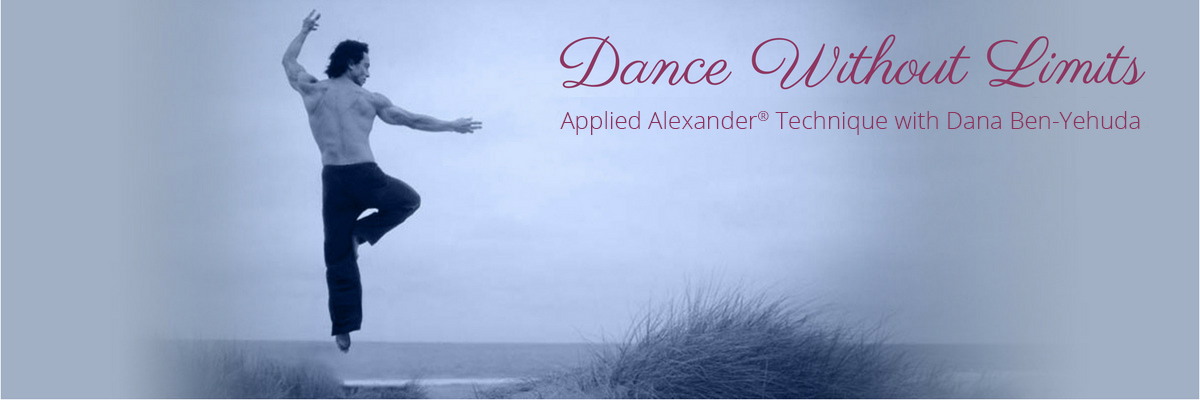Creatures of Habit
We are creatures of habit, or so they say. But are we really? Are you willing to admit to it?
I do. I readily admit to being a creature of habit, and I propose that habits are good – as long as they’re the ones we want. 
If you agree with me, then it’s also true that good habits are a matter of consciousness and choosing the habitual ways in which we live our lives.
My first (habitual) reaction to the idea of habits was to think of them as bad things: “He smokes like a chimney.” “She eats when she’s stressed.” “I’m always late to appointments.”
Then I thought further and came up with many good habits that we’re all supposed to cultivate, like flossing your teeth and exercising and getting enough sleep.
One way to think of habits is as a reaction to a stimulus that occurs without our thinking about it. Smokers may react to the stimulus of finishing dinner by wanting a cigarette. That’s their habit. Some people react to any bad news by becoming alarmed; other people are more sanguine and take it in stride. We have habits of mental and also physical reaction and they happen coincidentally. How do you react to the alarm clock in the morning? Can you say that it’s entirely mental, or do you also react physically? How about habits of fear, or anger? Do you know someone who reacts to a request defensively, with fear, or aggressively, with anger? How about people you like; do they react with a smile?
We can cultivate happy habits like growing beautiful roses, and we can pluck unwanted habits like dandelions in the lawn. They may come back, but if we keep removing them eventually the lawn will be clear and green.
 (Ha! I can hear you laughing about the dandelions from here! Do they ever give up?)
(Ha! I can hear you laughing about the dandelions from here! Do they ever give up?)
It’s great if you are laughing. My personal Applied Alexander habit is to cultivate an attitude and habit of cheerfulness in my life. How about you? What habit would you like to foster?
How about habits of posture? Sometimes that’s easier to see on other people. I used to sit in a café in the afternoon when I first began studying the Alexander Technique. My awareness was focused on how I moved, and I’d started to look for patterns in others. People would stroll past on the sidewalk and I had a great view of them from the side. I was fascinated to observe what part of the body arrived first. Would they stick their feet out way ahead of themselves? Would their head arrive first, pulling a neck that poked forward from the shoulders?
Sometimes the thing we use to think with and the physical location of what we might call our Selves – our head – is the hardest thing to sense in terms of where it is in space, relative to our own body.
is the hardest thing to sense in terms of where it is in space, relative to our own body.
Can you guess what you do? Since walking is hard to see on ourselves since we’re too close to the action, let’s start with something relatively simple.
Try sitting in a chair.
Put your hand on the back of your neck and stand up.
Can you tell if your neck was long and your head moving forward and freely up, as you rose? Or did your neck bend and the back of your head come back into your hand?
Maybe you’d like to try it again and perhaps this time you’ll be able to notice what you do as you rise.
One thing’s for sure. The way you or I and most of the rest of the world get out of a chair is by habit, and what we’re doing now is an exercise to bring that habit to consciousness.
Consciousness is a curious thing. It’s much more fun when it’s about someone else.
Come visit here tomorrow and I’ll tell you about one of my habits…. ☺
